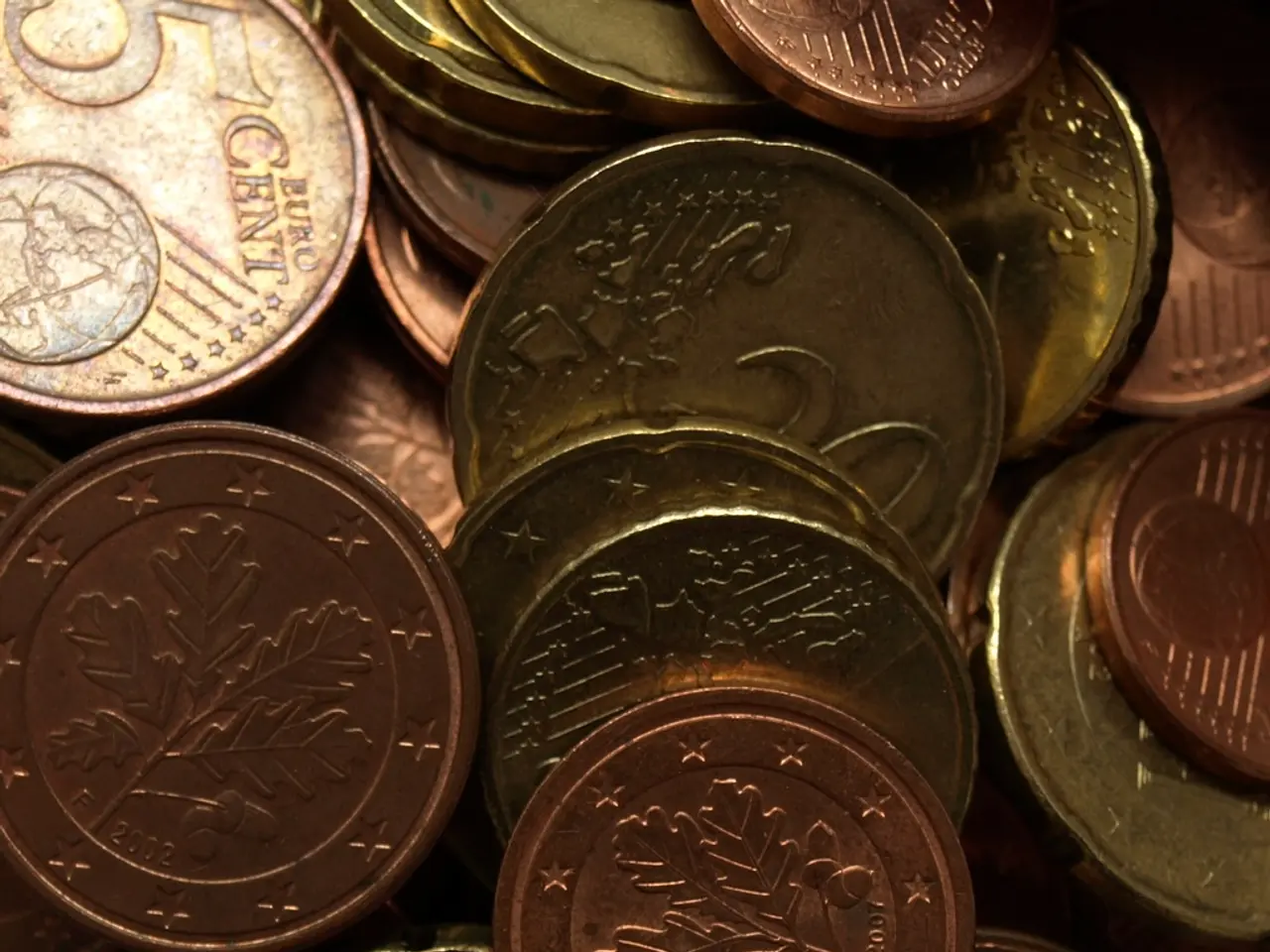Litecoin possesses a supply four times larger than that of Bitcoin.
In the world of cryptocurrencies, two names stand out as trailblazers: Bitcoin and Litecoin. Despite sharing similarities, these digital assets have distinct differences that set them apart.
Supply
The maximum supply of Bitcoin is capped at 21 million coins. In contrast, Litecoin's total supply is capped at 84 million coins, exactly four times Bitcoin's supply. This difference reflects Litecoin's design for small transactions and retail investors.
Transaction Speed
When it comes to transaction speed, Litecoin outshines Bitcoin. While Bitcoin takes around 8-10 minutes to confirm a block, Litecoin processes blocks approximately 2.5 minutes apart. This faster block time allows Litecoin to confirm transactions quicker. Although Litecoin processes fewer transactions per second than Bitcoin, it has achieved up to 7 transactions per second during peak periods.
Mining Process
Bitcoin uses the SHA-256 proof-of-work algorithm, requiring highly specialized and resource-intensive Application-Specific Integrated Circuits (ASICs). Litecoin, on the other hand, initially relied on GPUs and CPUs due to its use of the Scrypt algorithm, which is more memory-intensive. However, ASIC mining has become dominant for Litecoin as well, making both cryptocurrencies reliant on energy-intensive ASIC mining.
Environmental Implications
The mining processes of both Bitcoin and Litecoin are energy-intensive. Bitcoin's annual electricity consumption is comparable to that of small countries, producing tens of millions of tons of CO₂ annually. Litecoin's use of Scrypt initially made mining somewhat less energy-heavy, but with ASIC dominance, its energy consumption has increased. Despite this, Litecoin's faster block time means that per-block energy consumption and environmental footprint differ in complex ways.
Both cryptocurrencies contribute significantly to electronic waste because mining hardware becomes obsolete quickly due to performance improvements. Efforts to reduce energy footprints in the crypto space, such as Ethereum's shift to proof-of-stake and attempts to use renewable energy for mining, have been made, but Bitcoin and Litecoin remain energy-intensive due to their proof-of-work mechanisms.
In summary, Litecoin offers faster transactions and a higher total coin supply but uses a different mining algorithm (Scrypt) initially more accessible than Bitcoin’s SHA-256. Both rely on energy-intensive ASIC mining nowadays, resulting in significant environmental impacts mainly driven by large electricity consumption and e-waste. The longer block time and lower supply of Bitcoin contrast with Litecoin's quicker block time and larger supply, affecting transaction throughput and scarcity dynamics.
- In the realm of alternative investments, blockchain technology offers new opportunities in finance, with Bitcoin and Litecoin being prime examples as digital assets, each having unique features.
- When it comes to transaction speed, Litecoin distinguishes itself from Bitcoin as it processes blocks approximately 2.5 minutes apart, allowing for quicker confirmation, while Bitcoin takes around 8-10 minutes.




